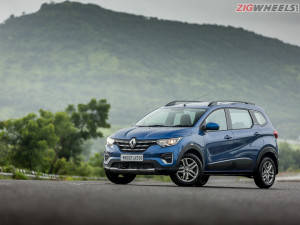
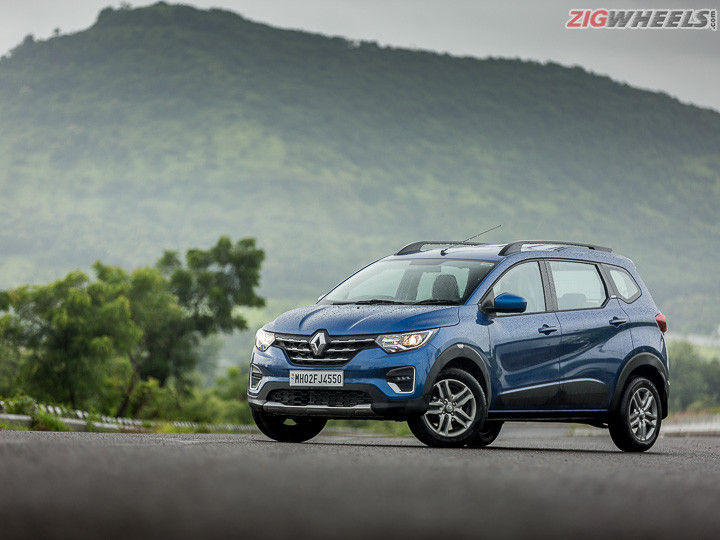
Slow is subjective. For someone driving a sports car, any regular car will seem slow. And for someone driving a mid-size sedan, small hatchbacks will feel slow. But then there are cars which take 20 seconds to reach 100kmph. And these are un-subjectively slow. The Renault Triber AMT is one such car. While its 73PS, naturally aspirated, 1.0-litre, three-cylinder engine feels adequately powered while shifting fast to keep the momentum going, adding a slow shifting AMT just makes itandhellip; slowandhellip; er. But inside the city, you don't launch and race at every traffic signal for pink slips. You take it slow and steady. Can the Triber win that race?
Apart from the AMT which is available in the top 3 of the 4 variants with a price premium of Rs 40,000, nothing else has changed in the car. Hence our focus in this review is going to be solely on the drive experience. For a compressive review of the cabin space and practicality, have a look at our for space and practicality.
Let's get going
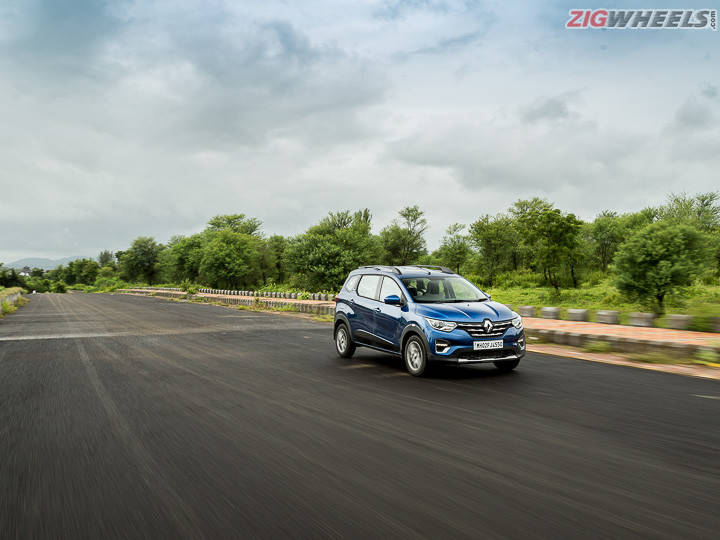
The Triber AMT gets a creep function. Which means all you have to do to get going is slot it in D (Drive), and let go of the brake. This works flawlessly in city traffic. If your daily commute involves a lot of bumper to bumper traffic, this will take the stress out of driving. However, then you get going and the Triber shifts to second gear and you notice two things. One, the shift is slow. Two, the shift is smooth. And depending on what kind of driver you are, you'll be either happy or anguished.
Happy.
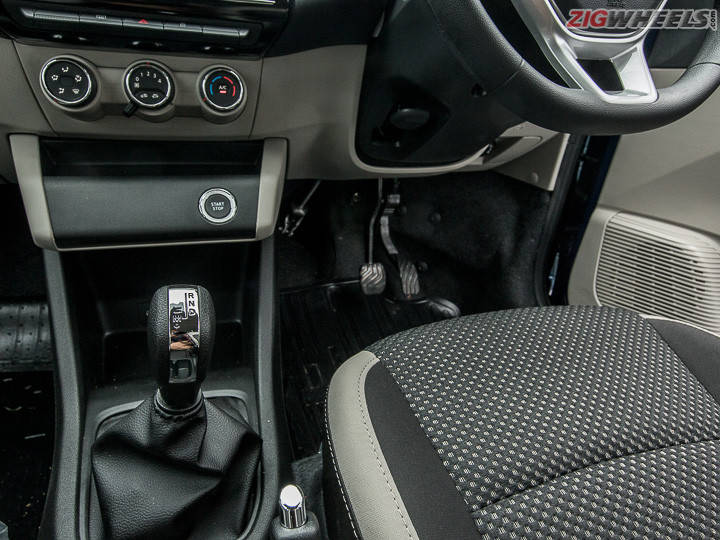
The gearshifts take their time but there is very little head-nod involved, which will keep you at ease. The Triber climbs up to 4th gear pretty quickly inside the city and if you are being gentle on the throttle, this experience will be hassle and jerk free. Unlike the Kwid, the experience here feels a lot more refined and better tuned. To further aid the Triber AMT's city drive, Renault has given it a revised third gear ratio. This shorter gear helps in pickup and makes the Triber's engine feel less stressed. Also, in the city, this lets you stay in a single gear for longer, reducing shifts and hence carrying better momentum.
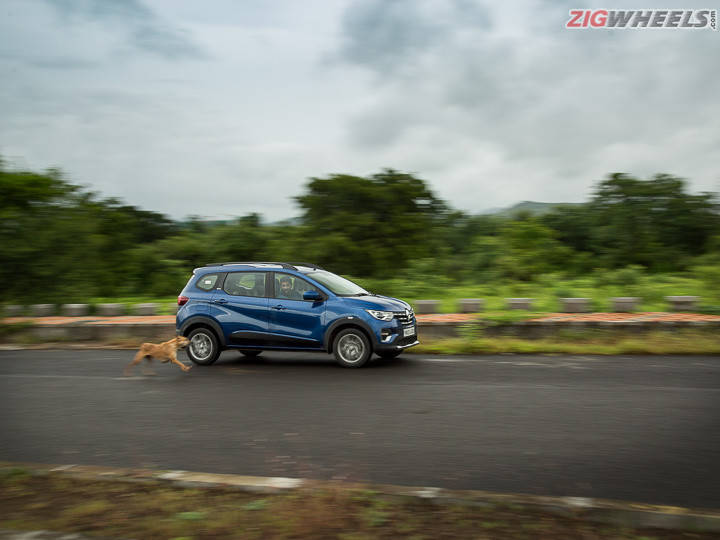
The engine braking in the early gears is a bit aggressive and can cause some jerks, but you can learn to drive around them by gently getting off the throttle. Overtakes with a gentle foot will not trigger a downshift and this helps keep things calm and relaxed as well. Dial in the light steering, good all-around visibility and the Triber's superb ride quality, this experience will hardly give you anything to complain about. Until and unless you try and go for quick overtakes.
Anguished.
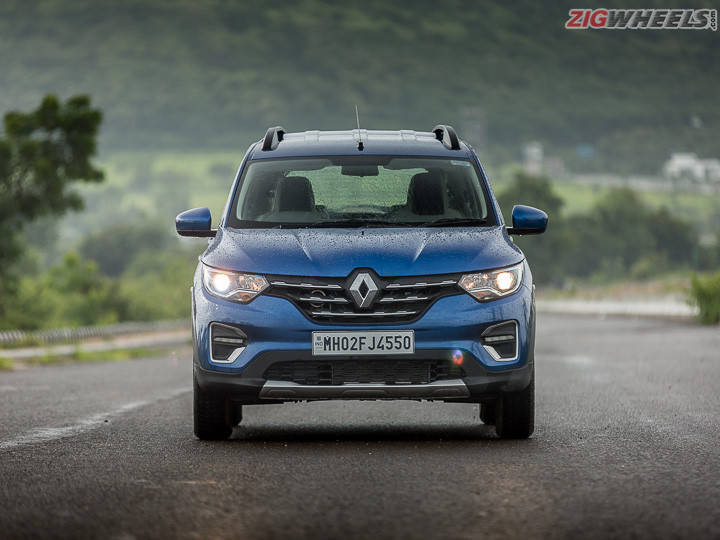
Over a second That's how long the Triber AMT's gear change can take if you are going for overtakes flat out. And this is when you will also feel the transmission shift and a nudge when the engine tries to pick up momentum from where it let off a second ago. Especially on the highways, where the Triber already felt stressed, this AMT will add to the drama of planning your overtakes and doing them pedal to the metal. It still cruises comfortably till 100kmph. But if the transmission decided to shift to 4th gear for an overtake on a dual carriageway, you might as well pull back into your lane again. And if you are trying to do it with passengers on board, you will be getting dirty looks as the engine gets quite noisy above 2500rpm. Even worse if you have the AC on. Luckily, there is a solution to both these problems.
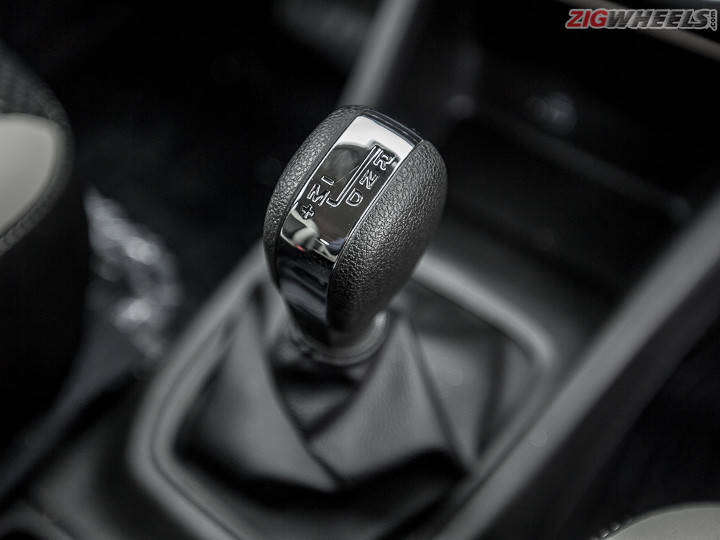
Renault has given Triber AMT the option of manual shifts, an option the Kwid does not get. The shifter can be pushed to the side in D mode and pushing and pulling the shifter results in downshifts and upshifts, respectively. The transmission won't upshift in this case until you give the manual command. This allows you to downshift and be ready for the overtake before you poke your nose out.
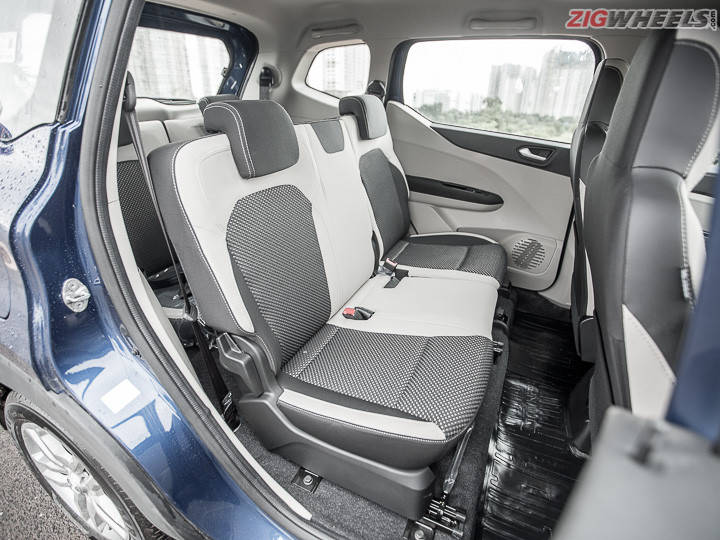
This will still be loud for the fellow passengers, but you can keep them entertained with the good music quality of the speakers, or just turn up the AC and let them pass out by reclining the seats and enjoying their own AC vents. If not, at least you'll have your pride of having overtaken a similar-sized vehicle. While this does not work for impulsive overtakes, it's not hard getting used to this form of driving as well.
Lets (not) talk performance
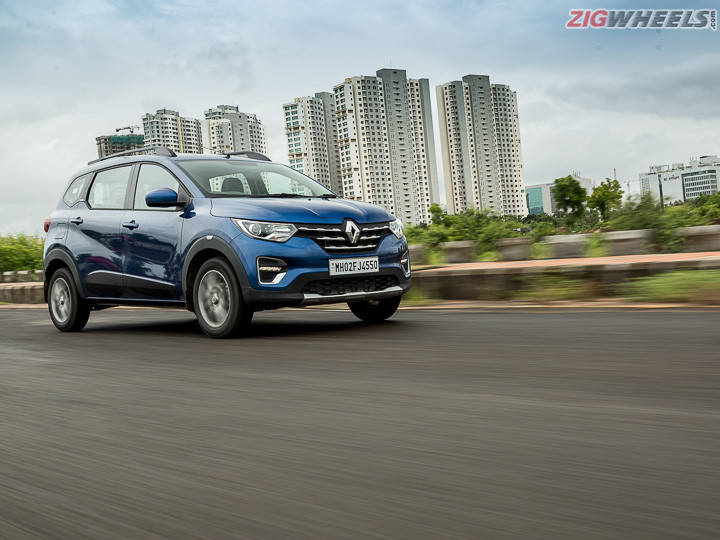
If you compare numbers, the Triber AMT managed to (finally) reach 100kmph from standstill in 20.02 seconds (wet). The manual Triber could do so in four seconds less. To add to the agony, even the Kwid AMT is 2.5 seconds faster to 100kmph. Its 20-80kmph roll-on time of 10.71s is no saving grace either.
At least Efficiency?
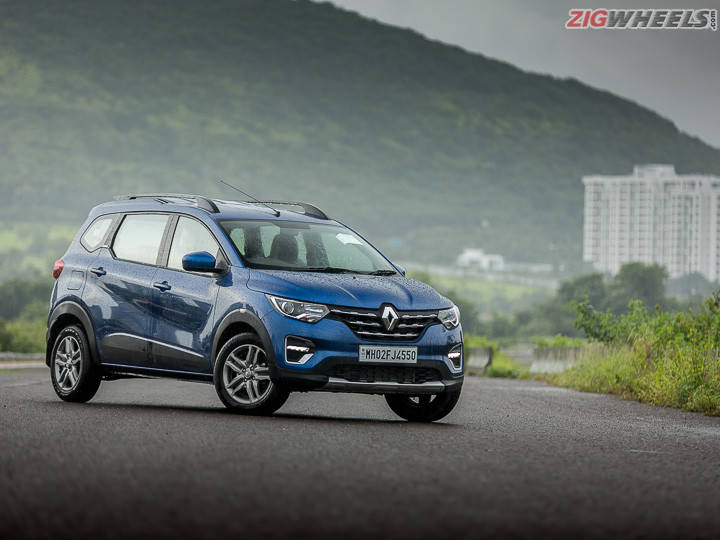
To compensate for the slow shifts and to give it better pull, the shorter third gear (80kmph max in gear for AMT vs 105kmph for MT) makes the AMT slightly more efficient inside the city. In our tests, the Triber AMT returned 12.36kmpl in the city run, which is 1kmpl better than the manual variants. Out on the highway, the slower shifts and loss in momentum resulted in the Triber AMT returning 14.83kmpl, almost 3kmpl down on the manual variant. And these tests were done with just one test driver in the car. With load, these figures will fall further.
Won the race?
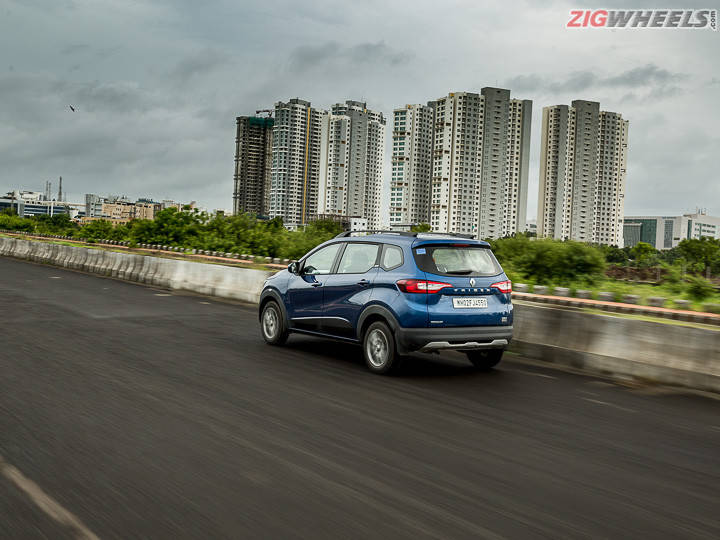
Clearly, the Triber AMT has its shortcomings. But inside the city, they are very well camouflaged by the smoothness of the shifts, practicality of the cabin and the ride quality over bad roads. Plus, you also get a manual mode to take matters in for your own hand if you need quick acceleration. If you spend 90 percent of you kilometres driving inside the city, the Triber AMT, at a premium of Rs 40,000, will make for a hassle-free and competent companion. But if you spend more than that 10 percent time on the highways, then the Triber AMT's shortcomings like the slow shifts, stressed out engine and low efficiency will bother you more than its positives.
from zigwheels https://ift.tt/32PAmpq

0 comments:
Post a Comment